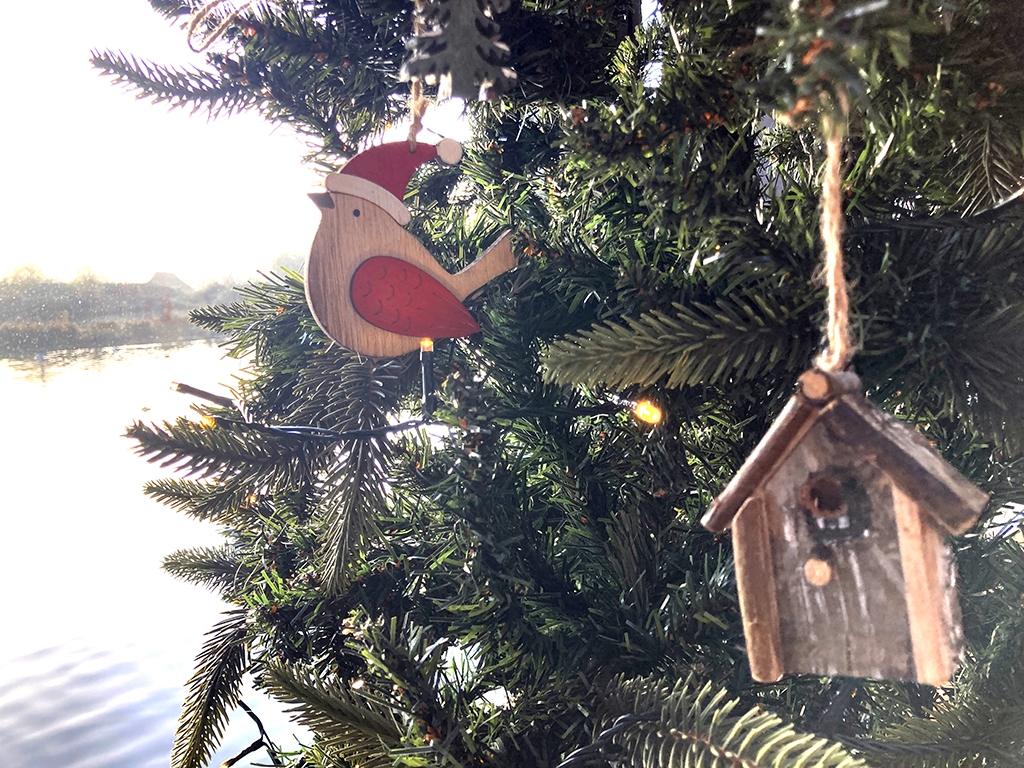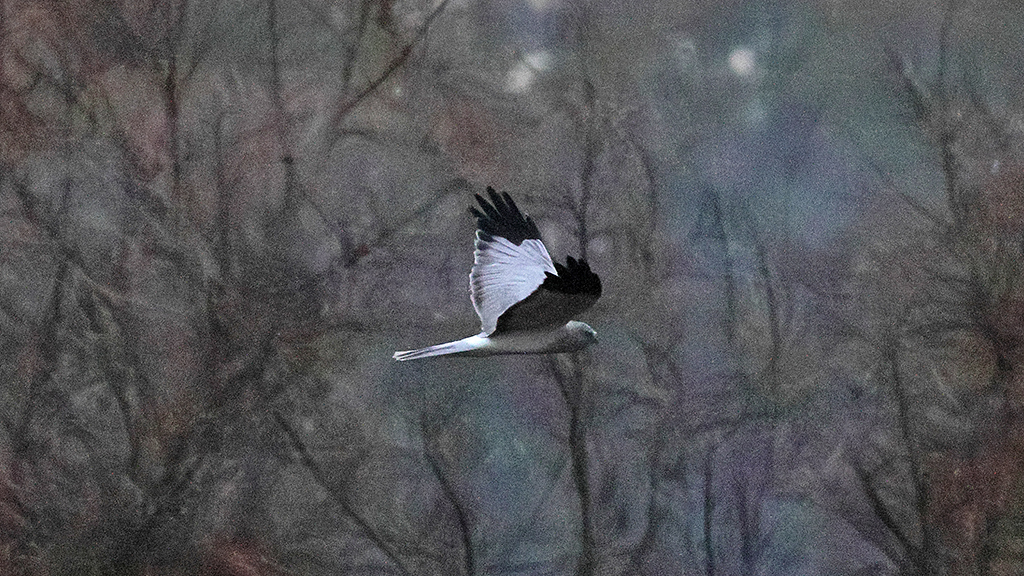Sand martins return to their colony at WWT Arundel
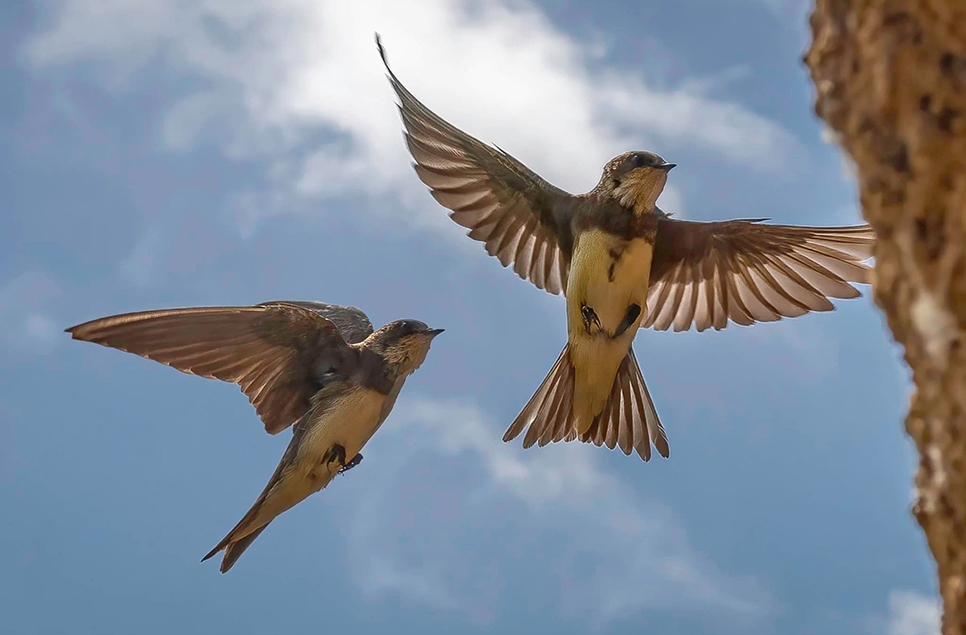
Every spring, swirls of sand martins move through the WWT Arundel site, returning from winter homes in Africa and Europe as part of mixed flocks with house martins and swallows. More and more martins have been remaining at Arundel each spring to nesting in the specialised hide with its two artificial nest banks of pre-drilled nest holes. Visitors can watch the sand martins from the viewing hide nestled between the two banks.
A record 38 nests were found in the Sand Martin hide nesting banks after the martins migrated last autumn. The size of the colony has almost doubled every year - with two pairs of birds in 2017, three nests in 2019, seven nests in 2020 and 15 nests in 2021.
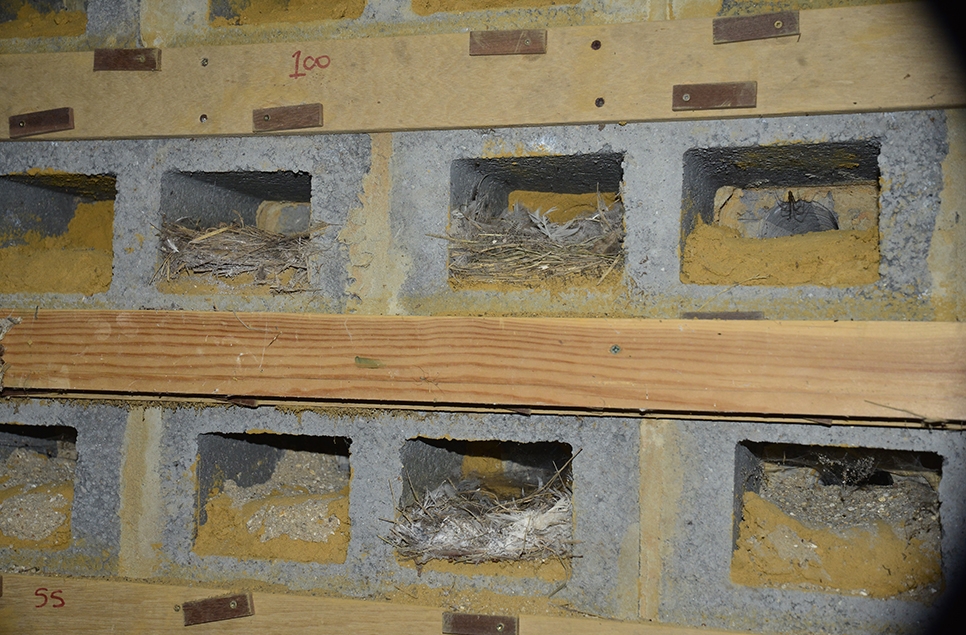
The sand martins line a nest hole in the bank with grass and feathers. The four to five eggs they lay take two weeks to hatch. They can raise two broods between May and September.
Reserve Manager Suzi Lanaway said: “In 2022 we had 24 chambers used across both banks of the entire hide with five of those nest chambers have been used every year for the past three years.”
The colony will continue to grow. Young sand martins will generally return to the colony they were born in, only moving on when there are no more nesting sites left. There is plenty of space at WWT Arundel with 290 nesting holes in both banks of the hide.
Video of sand martins at the nesting bank in 2021. Note the martins nesting near the speaker in the foreground.
--------------------------------------------------------------------------------------------------
Hide History
There has always been a hide on this spot since Arundel Wetland Centre opened in 1976. Initially named the Long Hide, it was renamed The Peter Scott Hide in 1976 for WWT's 50th anniversy and a 70 foot mural, painted by Roger Oakes was installed. In 2009 the hide structure was deemed irreparable and was demolished. The mural removed and sent to WWT Slimbridge.
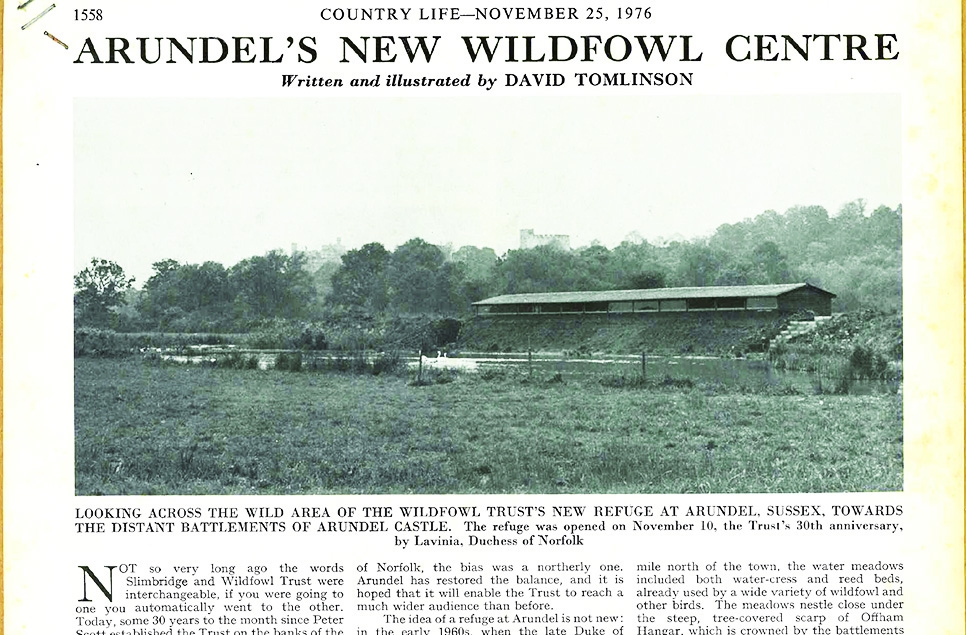
The original Long Hide when WWT Arundel opened in 1976, featured in Country Life magazine
The Sir Peter Scott Centenary Sand Martin hide opened in April 2010 and attracted its first sand martins in April 2011 when two pairs began nest building but abandoned it after a few weeks.
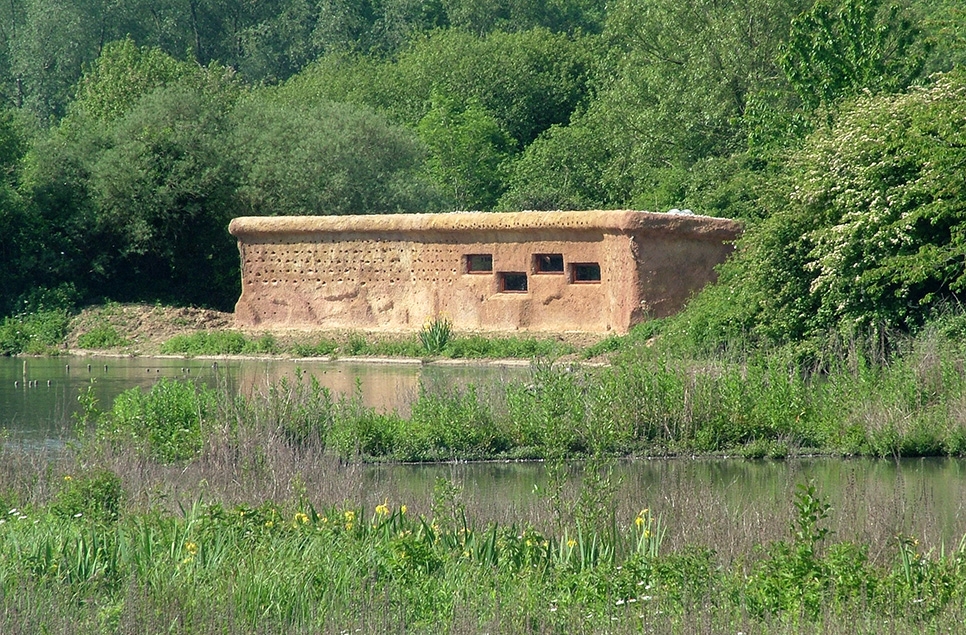
Sir Peter Scott Centenary Sand Martin hide in 2010
From August of 2012 then Reserve Manager Paul Stevens experimented to attract younger birds to the hide by playing calls from a busy sand martin colony during the autumn migration. Paul Stevens said: “Young martins scout for new nesting sites when their colony reaches capacity during autumn migration.”
Sand martins responding to colony calls in 2013
The colony calls broadcast from the hide proved successful in attracting crowds of sand martins to visit on their spring and autumn migrations for the next five years but it wasn’t until June 2017 that two more pairs of sand martins moved into the nesting chambers.
Sand martin facts
- Sand martins often do not slow down to enter their chosen nest burrow but shoot in quickly
- Sand martins lay 4-5 eggs that take two weeks to hatch.
- Sand martins often raise more than one brood of chicks a year
